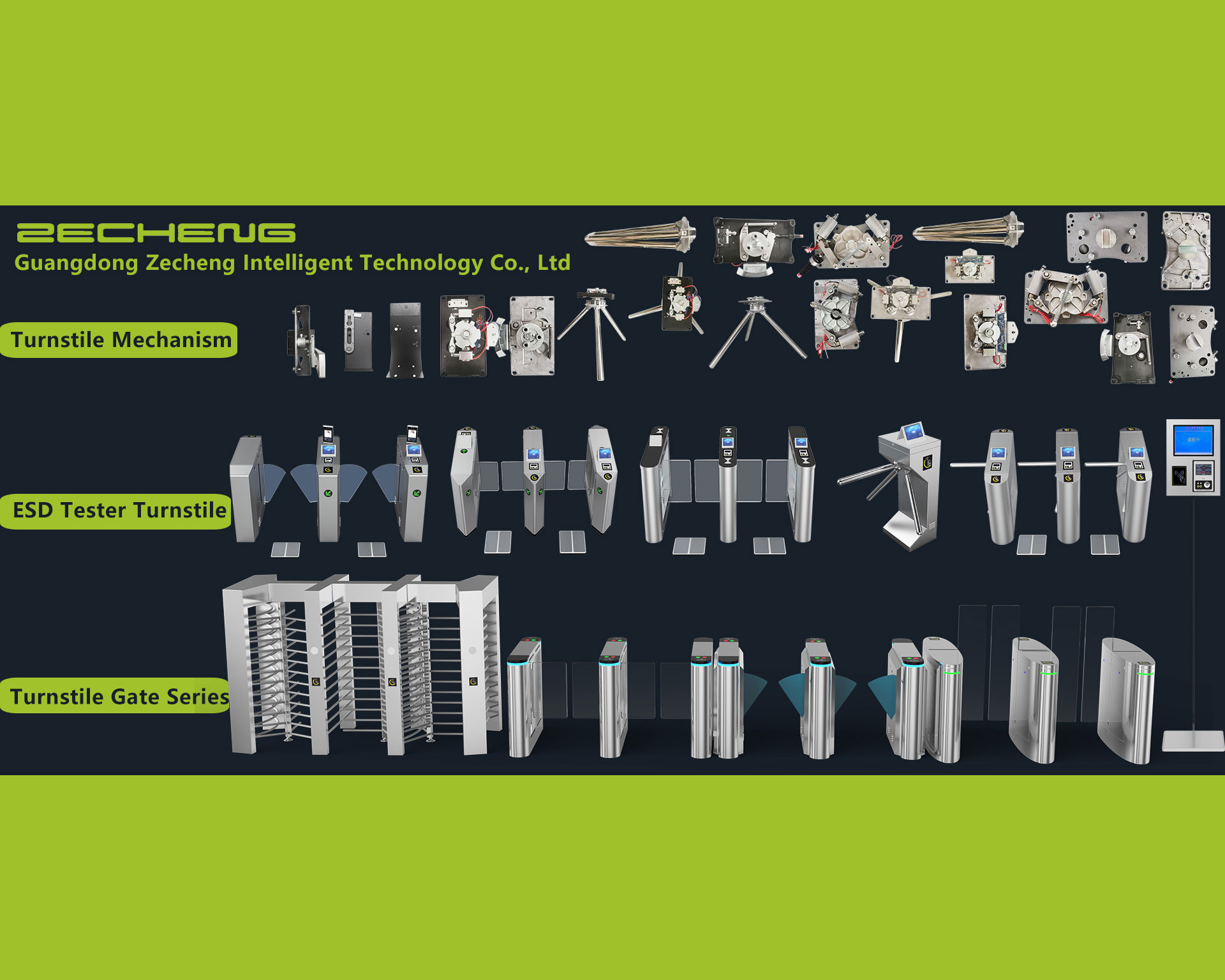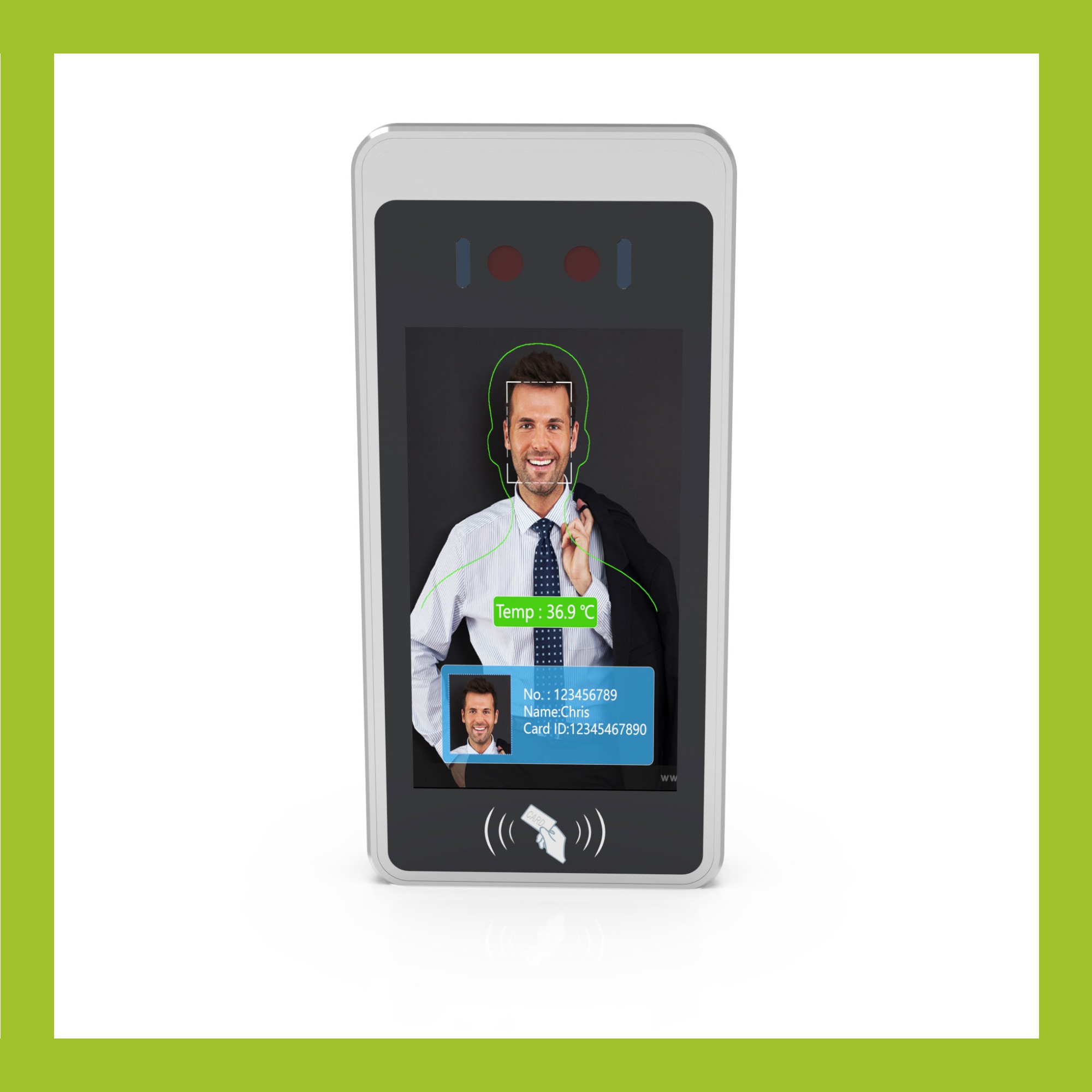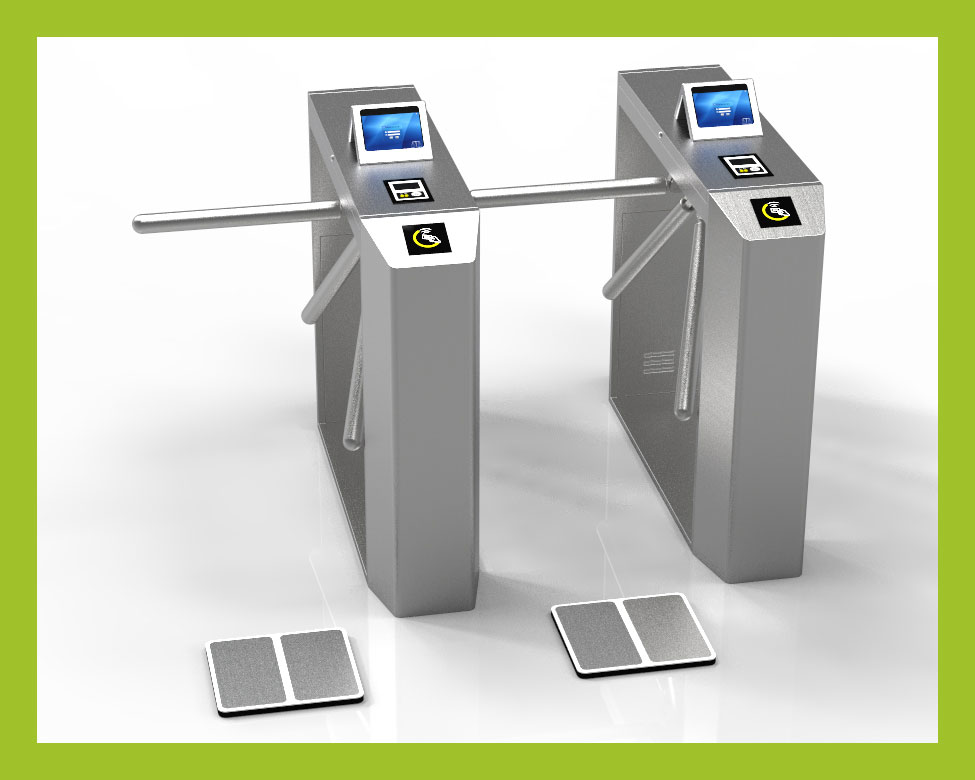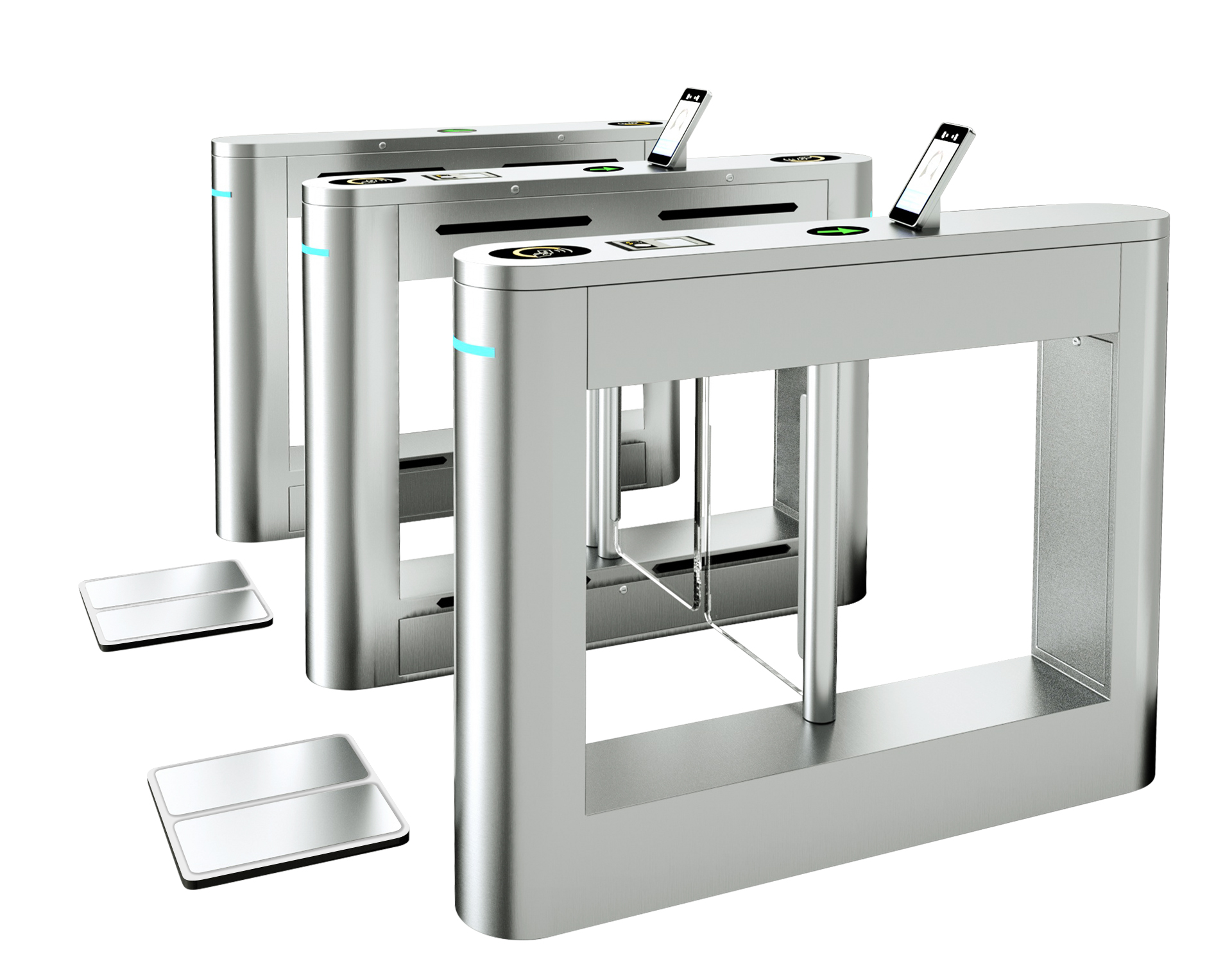The ESD access control monitoring system mainly solves the problem of unreasonable or unqualified personnel entering the anti-static work area at will, effectively improving the pass rate of electrostatic products and the prevention needs of safe production. The system automatically determines the information of people entering and leaving and the static test data, thereby improving the management level and improving work efficiency.
The installation of ESD anti-static access control system plays a decisive role in the acceptance of the entire project. How to install ESD anti-static access control system reasonably?
First, the first is to determine the ESD anti-static access control system
When communicating the plan with the customer, it is necessary to determine: the width and length of the site, how many machines can be installed, whether the access control gate should be a vertical or bridge-type access gate, and fully consider the gate and gate when determining the type selection. There are gaps between the poles, the floor space, placement, and wiring of each ESD anti-static access control system (whether it is an open line or a dark line), the plan is set, the goal is set, and the ESD anti-static access control system is waiting for the scene.
Second, the fixed position wiring.
According to the previously determined plan, specify the specific size of the installation of the ESD anti-static access control system, do a good job in the pre-embedded pipe, leave a gap of 50-100mm between the gate and the gate, and the upper cover can be opened to prevent the adjustment of the machine, maintenance, etc., There must be no gaps. Two plastic pipes of 6 minutes to 8 minutes are embedded between the gate and the gate. One rubber tube is connected to the power line (strong electricity), and the other rubber tube is connected to the signal line (weak current). Run the power line and the signal line with a rubber tube at the same time, which will affect the effect of communication. The embedded tube should be exposed to the ground 30-40mm high, and the vertical ESD anti-static access control system should be placed at the bottom of the middle of the machine. Bridge ESD The anti-static access control system should be on both sides, because the middle bottom of the bridge-type ESD anti-static access control system is closed).
3. Fixed adjustment.
The fixed bottom is fixed with expansion screws and cannot be swayed. The whole machine is horizontal and the appearance is consistent as a whole. Before fixing, use a thin wire to draw a straight line, and the vertical and horizontal directions are consistent. , the straight line can be used normally.


 Guide for purchasing turnstile gate
Guide for purchasing turnstile gate
 What are the advantages of facial recognition attendance machines and fingerprint attendance machines?
What are the advantages of facial recognition attendance machines and fingerprint attendance machines?
 Digital card swiping networking electrostatic tester
Digital card swiping networking electrostatic tester
 What are the classifications of turnstiles? What are the functional characteristics of the turnstile?
What are the classifications of turnstiles? What are the functional characteristics of the turnstile?